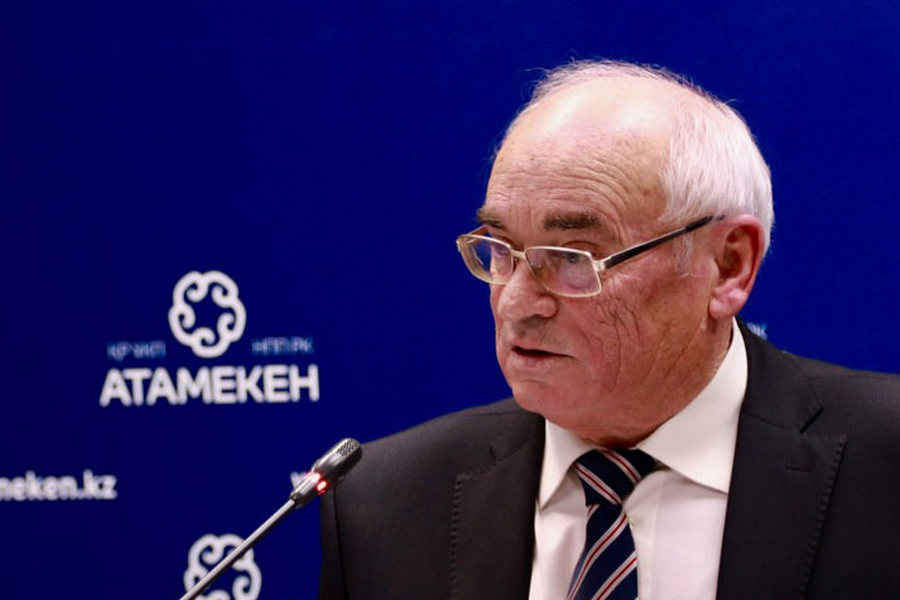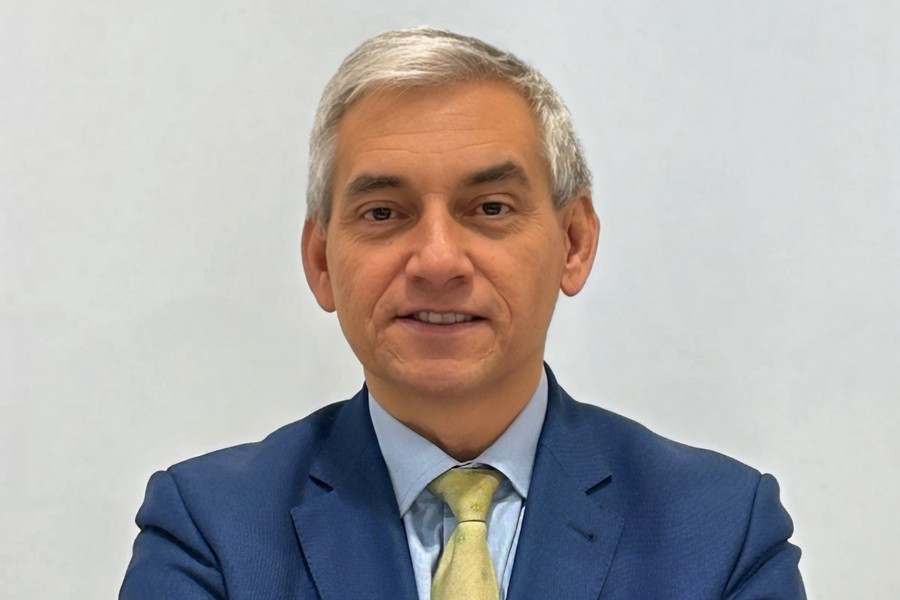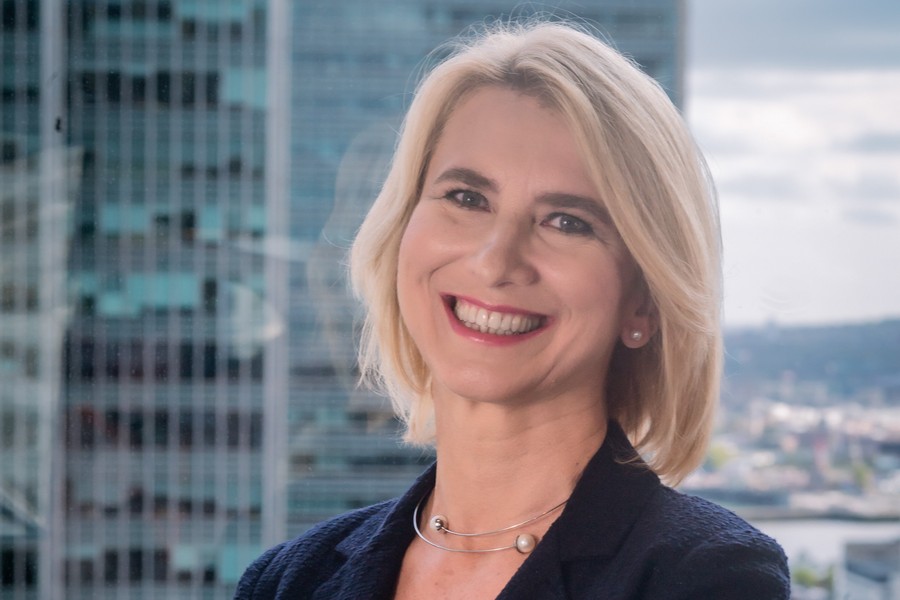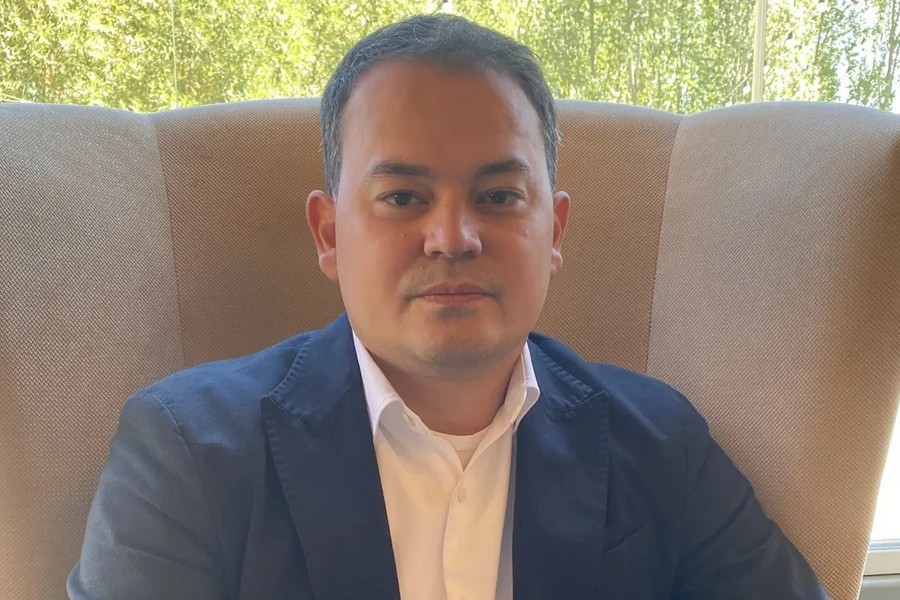CEO of Pavlodar Petrochemical Plant Shukhrat DANBAI:
OUR OBJECTIVE IS TO EMBARK ON FIVE-YEAR OPERATIONAL CYCLE WITHOUT OVERHAULS
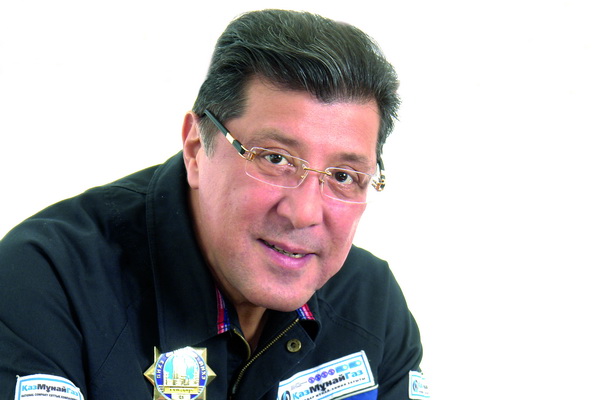
In September 2009 Pavlodar Petrochemical Plant’s modernization project was included in the list of the country’s strategic investment projects. The deadline for the project implementation was repeatedly pushed back, the project value and contractors changed several times. But now the refinery proceeded with the phase of its actual implementation. Shukhrat DANBAI, CEO of the refinery, talked about the refinery modernization and prospects in an interview with Interfax-Kazakhstan.
- Construction works are in full swing on the refinery premises – the steel structure erection started there where new facilities will be installed, which would enable us to produce Euro-4 petrol and diesel fuel. This is our primary objective. Firstly, [this is] a naphtha splitter designed to split naphtha into light and heavy fractions for further isomerization and reforming. Secondly, the installation of a sulfur recovery unit, sulfur granulation, sour water stripping, amide regeneration. It’s possible to say this features the entire chemical process.
- Now what are you doing with sulfur?
- We have a small obsolete unit. With the launch of the new one it would be possible to recover 60,000 tonnes of granulated sulfur. Currently around 20,000-25,000 tonnes are recovered . All of this sulfur is exported to China.
- With the introduction of the new petrol standard will the issue of petrol quality drop?
- Talking about the Euro-4, Euro-5 standards , not many people know that the entire list of particles stands behind that. For example, there are twenty-five particles in Euro-4. And only five of them are directly linked to the fuel quality. The rest are environmental particles, which are formed during the car exhaust process. Even if good quality petrol is refilled into obsolete [Soviet-era] Zhiguli car [fuel tank] exhaust will not get less harmful. For example, let’s take diesel fuel Euro-2. It contains 2,000 ppm of sulfur [ parts per million]. Euro-4 has just 50 ppm , while Euro-5 has only 10 ppm. So a large expensive unit is needed in order to switch over to this standard. Our objective is to start start-up and commissioning work on these units by the end of the year. Moreover, requirements for old vehicles are to be tightened. Their imports are becoming unprofitable as a matter of fact.
- What more work is to be done in the course of modernization?
- We did significant work last year, it reaches a peak this year. In summer we will have to receive all necessary equipment, including a specialist crane with a lifting capacity of 1,200 tonnes, which we lease from a Russian company for carrying out works. We are allowed to suspend production for overhauling on August 20 for 60 days instead of normal 30 days in order to carry out the planned volume of what we plan. Within these two months we will have to carry out the significant amount of work on a catalytic cracking unit. I am saying without any exaggeration but literally each second of time is mapped out. We are in close cooperation with [Russia-based] Omsk Refinery because they did similar work last year. By the way , we will have a 30-day long standard overhaul in 2017 for the last time and then embark on a 3-year cycle without repairs. Given that we refine around 400,000-450,000 tonnes of crude oil a month we have missing this amount of profit annually. Our next objective is to go for a five-year cycle without overhauls.
- Did the amount of funds allocated initially for [the refinery] modernization change somehow?
- Yes, we cut it. If at an initial point we were talking about an amount of slightly more than $1 billion, then now it is $620 million.
- What was sacrificed?
- We removed units that are irrelevant to date. If you remember, the refinery was to build units for refining Kazakhstan-produced crude. Now this issue dropped, the government concluded a long-term contract with the [oil company] Rosneft for 10 years with further prolongation. But nevertheless there are a feasibility study, a state expert assessment on this project, and at any time if the necessity arises we could implement it.
- Who supplies the equipment?
- Various companies, we selected the best ones, among other things given the pricing policy, we looked into logistics. In summer we have to receive two large reactors, each of 200 tonnes , from South Korea’s Hyundai Heavy Industries. The equipment is actually manufactured; the issue is how to deliver it. The Russian fleet will tackle this. We have to build a customized mooring for unloading [this equipment] in the river port. These reactors are designed for kerosene/diesel fuel/naphtha hydrotreating.
- The refinery used to produce kerosene but then stopped producing it. Why?
- Yes, Pavlodar-roduced kerosene was considered good with its congelation point more than enough. But in 2014 Russia altered oil transportation traffic flows, and high-sulfur crude from [Russia’s] Boshkortostan started being shipped to us. This unit would allow us to solve current technical problems on crude refining.
- What volume of kerosene do you plan to produce?
- Around 170,000 – 200,000 tonnes a year. We would cover that shortage of the kerosene that is currently imported from Russia.
- Would the [refinery] modernization change the petrol cost? Or would everything depend on the crude oil cost?
- Apparently, it’s necessary to return borrowed assets to the refinery. We would increase the crude refining stake. But it wouldn’t be too high.
- What effect would this have on agricultural producers? Would this be sensitive to them?
- Yes. This year the government is providing subsidized fuel for the last time. It should be noted that over years this process has been done at the expense of the refinery that is at our expense. From next year a different state program mechanism will be introduced.
- After the [refinery] modernization would the refinery reach a refining capacity of 6 million tonnes a year? Is now the maximum [capacity] 5 million tonnes?
- Yes, now it’s 5.2 million tonnes.
- During the Soviet times the refinery capacity was 7 million tonnes.
- That’s not a myth, the refinery did refine so much crude. When hard times set in, and the refinery experienced difficulty in obtaining crude oil supplies, we were forced to decrease the capacity of the available equipment – to cut down on it. For example, the cracking unit used to refine 2 million tonnes of crude, then we cut down up to 1,3 million tonnes. Now we are in the reverse process – re-increasing the equipment capacity back to 1,9 million tonnes.
- Was the objective not set to reach again the refining capacity of 7 million tonnes after the [refinery] modernization?
- It was. Even 7.5 million tonnes was planned. But the situation changed sharply, a crisis came in and at the time the issue of crude oil supplies was not clearly set out. Currently there is no need for this volume, but if required we can reach this level after slightly resetting the refining process.
- The summer is ahead. This implies that one of your products is bitumen, will it be in demand?
- Customers are lining up for it. Last year we produced 250,000 tonnes. This volume has not been reached in the last 15 years. We could reach a maximum of 100,000 tonnes. But huge work was done, in the first instance in terms of quality, in order to reach this target.
- Last year a coke calcination unit was put into service. How is it profitable and how quickly will it pay for itself?
- We increased the unit refining capacity to 1 million tonnes of raw material from 650,000 tonnes. This allows us to obtain 280,000 tonnes of green (raw) coke. And there is its consumer – Kazakhstan Electrolysis Plant. The unit cost us $62 million and should pay for itself in 2 years.
- Thank you for the interview.
March, 2016
© 2025 Interfax-Kazakhstan news agency
Copying and use of these materials without reference to the source is prohibited
Archive

